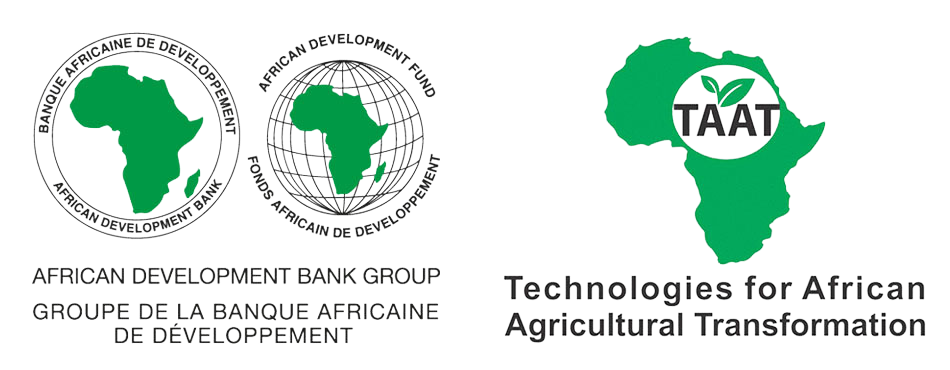

Growing Resilient Wheat, Even in the Hottest Seasons.
The technology of "Expanded Production of Irrigated Wheat" involves cultivating wheat during the cool season, known as winter production, in the dry lowlands of Sub-Saharan Africa. This approach helps to bypass the detrimental effects of heat stress that often impair wheat crops during the hot rainy seasons. As a result, the cultivation of wheat in the cooler, dry season requires the implementation of irrigation systems due to limited precipitation in these regions. This technology facilitates the production of wheat with stable, high grain yields and quality, fostering a more resilient food supply chain and allowing for the expansion of wheat cultivation in non-traditional dryland areas. The success of this innovation aids in achieving self-sufficiency and reducing the dependency on expensive wheat imports in various key regions of Africa.
This technology is TAAT1 validated.
Grain yields increased
Possible area for cultivation expansion
Open source / open access
The problems addressed by the technology "Expanded Production of Irrigated Wheat" are:
Stable, High-Quality Grain Yields: The technology ensures stable, high-quality grain yields by investing in irrigation infrastructure, reducing the risks associated with climate-related shocks.
Expansion into Non-Traditional Dryland Areas: It enables wheat cultivation in non-traditional dryland areas.
Crop Rotation for Soil Enhancement: The technology promotes crop rotation, especially with legumes, to improve soil quality.
Applicability Across Various Regions: The strategy of irrigated winter production is applicable to regions facing similar heat-related challenges, such as dry sub-humid and semi-arid belts across Africa and areas prone to above-normal temperatures during hot rainy seasons.
Tailored Wheat Varieties: The technology recommends specific wheat varieties tailored for different water availability conditions and temperature variations.
Diverse Irrigation Methods: It advocates for diverse irrigation methods based on water sources and field topography to optimize winter wheat production and achieve self-sufficiency.
In this section, you will soon discover essential elements to develop your business plan. You'll find a brief list of important questions to consider before launching your business, along with information on the technology's value proposition, target audience, key resources, strategic partners, and cost structure. This compilation will assist you in evaluating the various crucial aspects to ensure the success of your business.
In the meantime, use the 'Request information' button if you need to contact us.
Adults 18 and over: Positive high
The poor: Positive low
Under 18: Positive medium
Women: Positive medium
Climate adaptability: Highly adaptable
Farmer climate change readiness: Significant improvement
Biodiversity: Positive impact on biodiversity
Carbon footprint: Same amount of carbon released
Environmental health: Greatly improves environmental health
Soil quality: Improves soil health and fertility
Water use: More water used
Scaling Readiness describes how complete a technology’s development is and its ability to be scaled. It produces a score that measures a technology’s readiness along two axes: the level of maturity of the idea itself, and the level to which the technology has been used so far.
Each axis goes from 0 to 9 where 9 is the “ready-to-scale” status. For each technology profile in the e-catalogs we have documented the scaling readiness status from evidence given by the technology providers. The e-catalogs only showcase technologies for which the scaling readiness score is at least 8 for maturity of the idea and 7 for the level of use.
The graph below represents visually the scaling readiness status for this technology, you can see the label of each level by hovering your mouse cursor on the number.
Read more about scaling readiness ›
Semi-controlled environment: prototype
Used by some intended users, in the real world
| Maturity of the idea | Level of use | |||||||||
| 9 | ||||||||||
| 8 | ||||||||||
| 7 | ||||||||||
| 6 | ||||||||||
| 5 | ||||||||||
| 4 | ||||||||||
| 3 | ||||||||||
| 2 | ||||||||||
| 1 | ||||||||||
| 1 | 2 | 3 | 4 | 5 | 6 | 7 | 8 | 9 | ||
| Country | Testing ongoing | Tested | Adopted |
|---|---|---|---|
| Burkina Faso | –No ongoing testing | Tested | Adopted |
| Ethiopia | –No ongoing testing | Tested | Adopted |
| Malawi | –No ongoing testing | Tested | Adopted |
| Mali | –No ongoing testing | Tested | Adopted |
| Mozambique | –No ongoing testing | Tested | Adopted |
| Niger | –No ongoing testing | Tested | Adopted |
| Nigeria | –No ongoing testing | Tested | –Not adopted |
| Senegal | –No ongoing testing | Tested | Adopted |
| Sudan | –No ongoing testing | Tested | Adopted |
| Zambia | –No ongoing testing | Tested | Adopted |
| Zimbabwe | –No ongoing testing | Tested | Adopted |
This technology can be used in the colored agro-ecological zones. Any zones shown in white are not suitable for this technology.
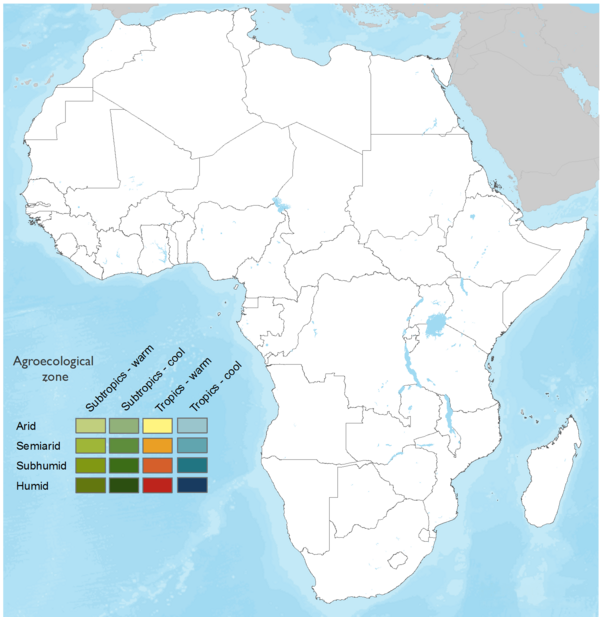
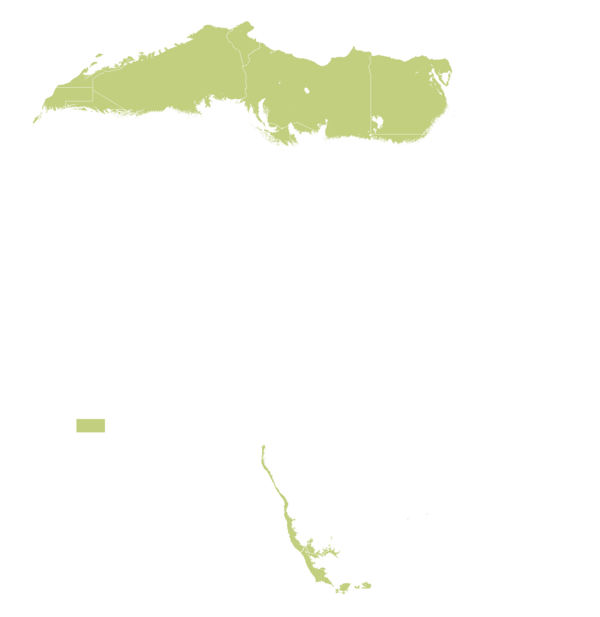




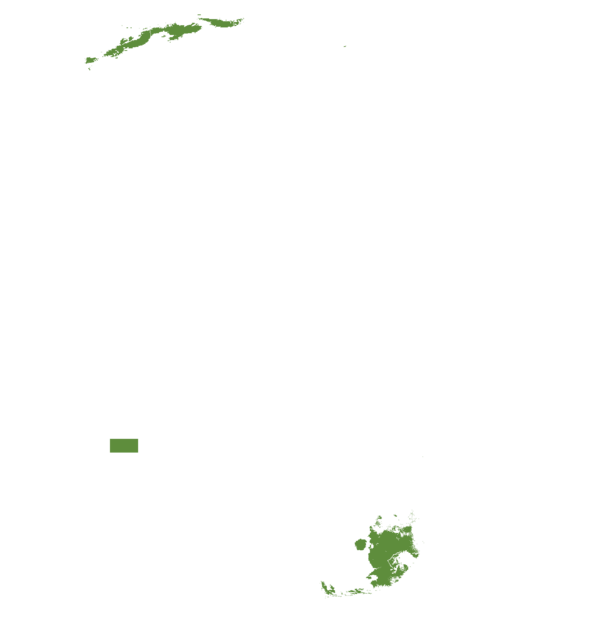
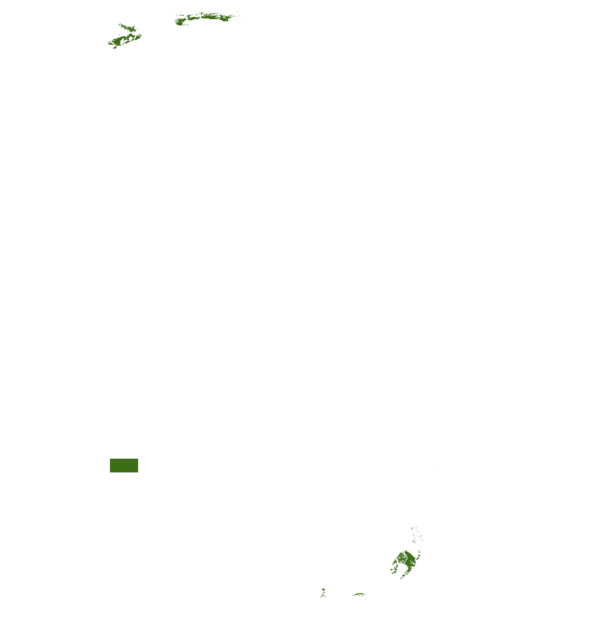

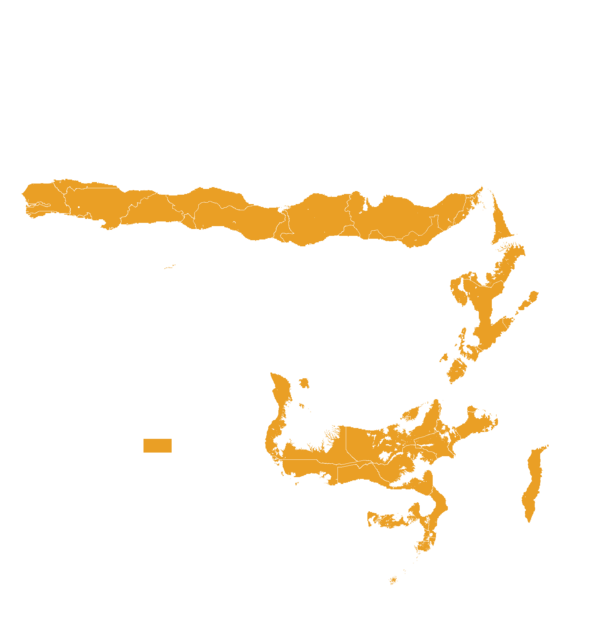
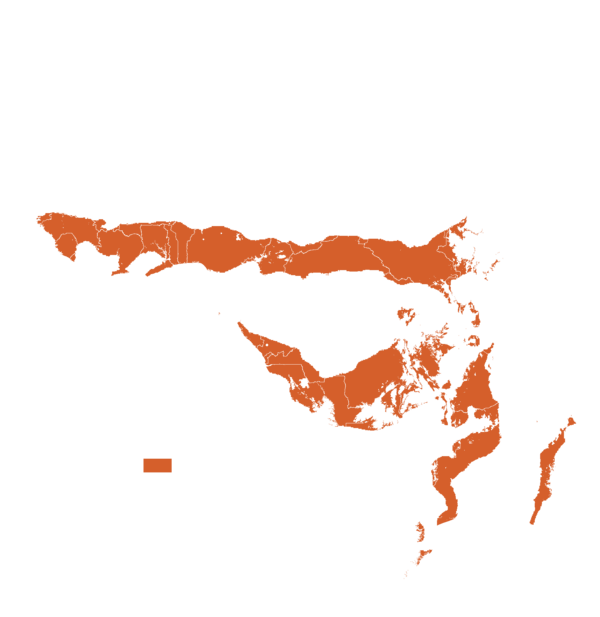

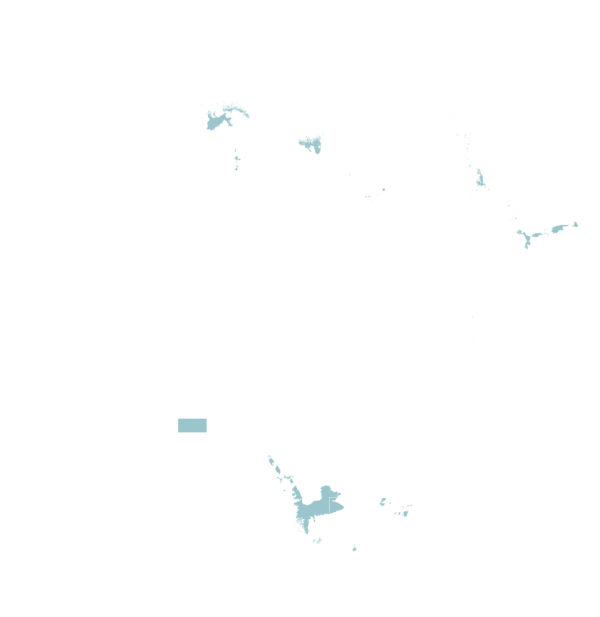

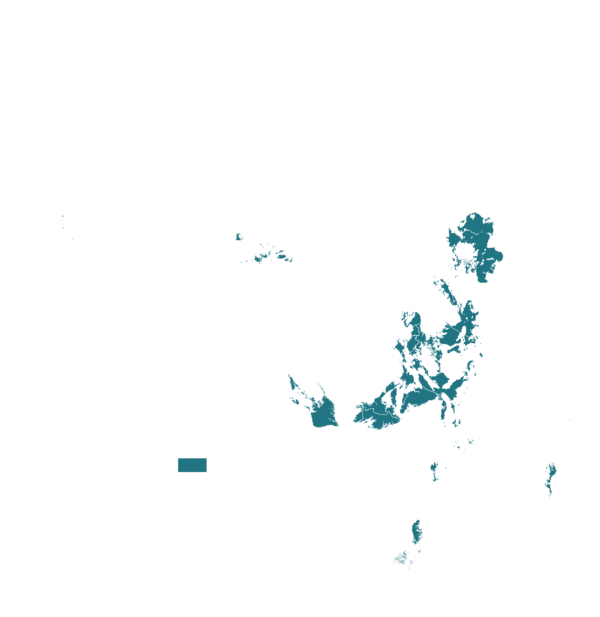

| AEZ | Subtropic - warm | Subtropic - cool | Tropic - warm | Tropic - cool |
|---|---|---|---|---|
| Arid | ||||
| Semiarid | ||||
| Subhumid | ||||
| Humid |
Source: HarvestChoice/IFPRI 2009
The United Nations Sustainable Development Goals that are applicable to this technology.

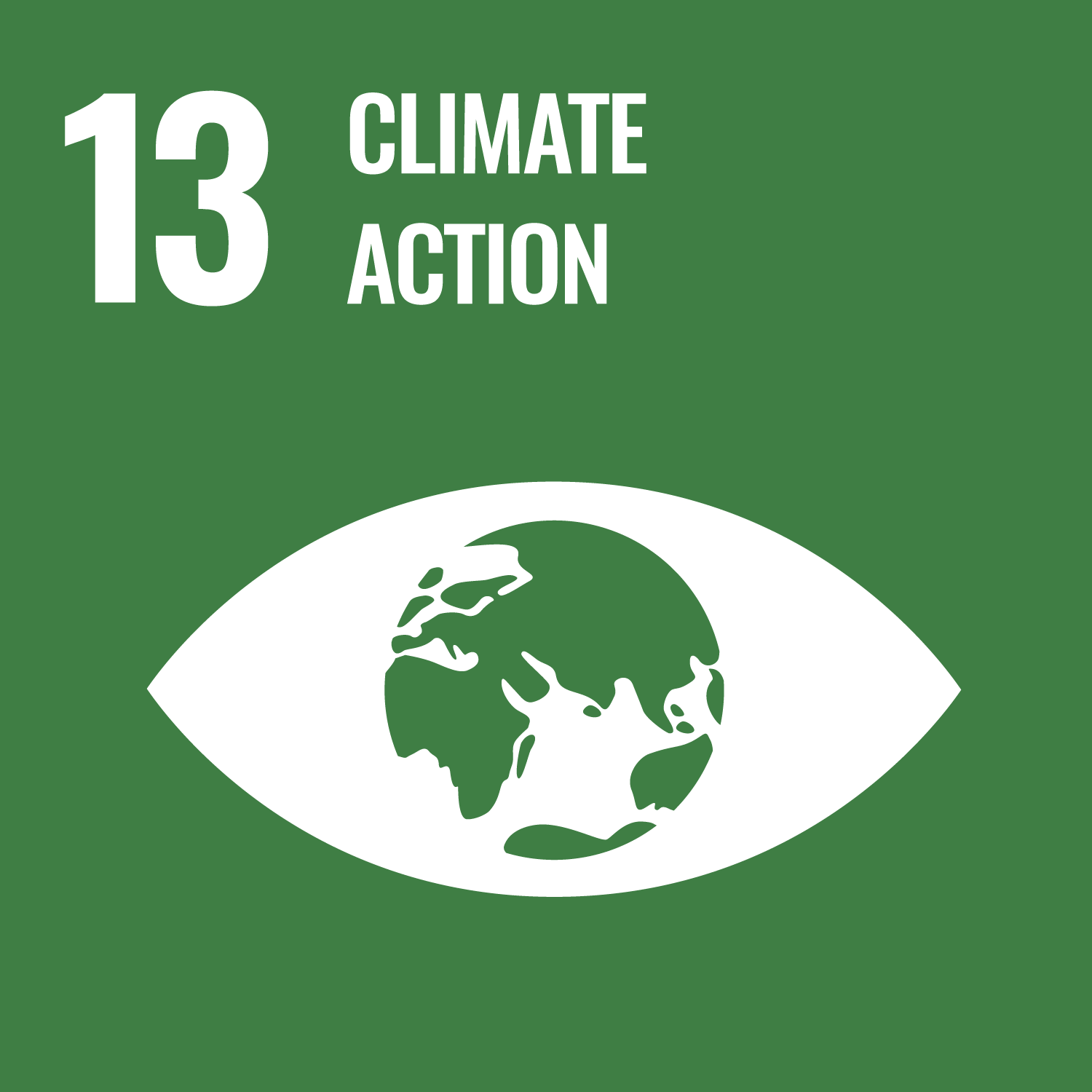
These steps outline the process of cultivating wheat in the dry season of African drylands, especially considering the challenges associated with the narrow window available for growth due to limited cooler temperatures.
Select Early Maturing Wheat Varieties: Choose wheat varieties with short production cycles of 90 to 100 days that can mature within the narrow growing window of 2-3 months during the dry season.
Prepare the Land for Cultivation: Ensure the land is adequately prepared for sowing by irrigating through the opening of a dam or pumping water from nearby rivers that collected water during the rainy season.
Planting the Seeds: Plant the seeds into moist beds created using water from dams or rivers.
Soil Preparation: Plough and level the soil either manually, using animals, or with a tractor. Incorporate farmyard manure or other organic resources at this stage.
Line Planting: Plant the seeds in lines to facilitate effective weed control and ensure a more even distribution of water.
Last updated on 28 November 2025